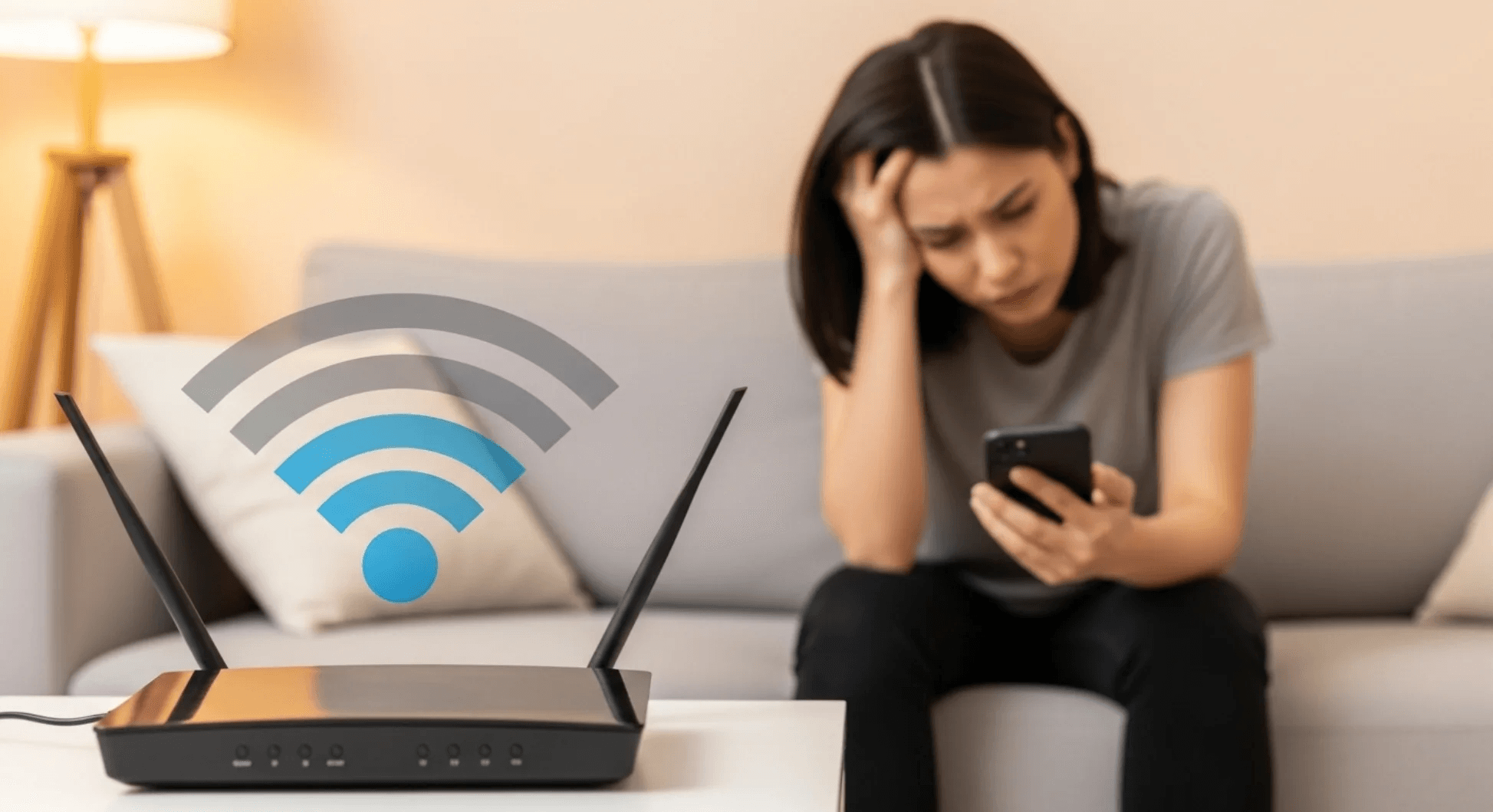Why Home Healthcare is the Way of the Future
Over several years, hospitals have been the mainstay of providing care to patients, including diagnostic services and therapeutic interventions. However, in a hospital setup, a few health professionals look after a group of patients, and caregivers are unable to dedicate sufficient time to each patient to understand their needs and effectively monitor their response to the treatment delivered to them, which impacts the health outcomes. Meanwhile, the shortage of healthcare workers in several parts of the world is choking the healthcare system.
Additionally, in-hospital care exposes patients to hospital-acquired infections that can impact their well-being and cause an increase in the mortality rate. These challenges have created the demand for home healthcare as it addresses the critical pain points of hospital care, provides greater convenience to patients, improves their health outcomes, and reduces healthcare costs for providers. Also, with the exponentially growing aging population and chronic disease patients, who require round-the-clock caregiving, the at-home healthcare model works best for them.
Home healthcare allows for the decentralization of healthcare services and ensures flexible and efficient healthcare for all, thereby maintaining the continuum of care. Patients undergoing treatment in their homes have more flexibility to carry out daily activities compared to those receiving in-hospital care, improving patients’ physiological well-being and quality of life. Patients, especially elderly individuals, prefer to receive medical care in the comfort of their homes.
Survey suggest that home care for chronic disease patients reduces the mean unadjusted length of hospital stay, cost of care, and readmissions compared to in-hospital care. Furthermore, the 2020 pandemic and the ongoing intermittent COVID-19 waves have changed patient preference for home healthcare to prevent the risk of infection transmission that can occur in hospitals.
Home Care Enabled by Technology Advances in Medical Devices, Digital Technologies, and their Convergence
To monitor chronic conditions such as diabetes and hypertension, easy-to-use monitoring devices such as glucose meters, blood pressure monitors, and so on, are popular across several households. This augurs well for the elderly and those with chronic lifestyle diseases. An ideal home care device should be portable, easy to use, safe, improve outcomes, and cost-effective overall (see figure). Advances in medical devices, sensors, and digital technologies have been instrumental in enabling this and offering hospital-level or better diagnostic and treatment services to patients 24×7.
IMPORTANT PARAMETERS FOR HOME HEALTHCARE DEVICES

Advanced At-home Medical Devices and Diagnostics
Home care devices can help manage diabetes, pneumonia, emphysema, sleep apnea, open and closed wounds, kidney failure, and infection. For example, for home monitoring of high-risk cardiac patients, wearable cardiac monitoring smart watches and wearable cardioverter defibrillators are being actively adopted to gradually transition high-risk cardiovascular patients from hospital to home.
The advances in medical devices have enabled the management of acute or palliative care and critical care. With the emergence of the COVID-19 pandemic and the shortage of hospital beds and medical staff, home care ventilators have provided immense benefits. The compact and lightweight home care ventilators have user-friendly displays with easy setup, setting modification and navigation, thereby simplifying day-to-day operations for caregivers and patients. The home ventilator innovations are focused on providing automated breath triggering and on-demand ventilation while maintaining safety and minimal maintenance costs.
Chronic diseases such as diabetes or high blood pressure often damage the kidneys, leading to kidney failure or end-stage renal disease. These patients require regular hemodialysis, typically done in a hospital or dialysis treatment center. The advanced home dialysis devices are smaller than in-center dialysis devices. They have easy-to-read, uncomplicated, step-by-step guides for easier setup and operation, plus flexible schedule timings. A typical home dialysis device has a closed preassembled cartridge for placement of the dialysate, which keeps the equipment dry and clean internally, reducing the risk of contamination during the dialysis process. Additionally, they do not require special electrical or plumbing infrastructure, which allows easy integration into patients’ homes. Home dialysis is a growing market segment and has received remarkably high venture funding over the past three years.
Hospitals use infusion devices (subcutaneous or intravenous) to administer antibiotics, chemotherapy, nutritional support, and hydration directly through a needle or catheter, typically given when oral medications are ineffective. Home-based infusion devices allow easy adjustments to the flow rate of therapies and provide multi-therapy infusion modes.
In the diagnostic space, the novel point-of-care diagnostic devices for use at home allow patients to directly monitor their chronic disease or diagnose any condition at home without the need to visit a doctor or diagnostic laboratory. In home-based diagnostics, advances in paper microfluidics and microfluidic circuits have helped the development of various at-home testing kits with testing for a range of illnesses such as kidney disease, celiac disease, or infectious diseases. Multiplexing point-of-care and microfluidics-based devices for the point-of-care detection of common bacterial and viral infections, such as tuberculosis, HIV, sexually transmitted infections, and respiratory infections, are also emerging.
Currently, we also have access to predictive genetic tests at home. These direct-to-consumer test formats help people have direct access to tests in the privacy of their homes. These tests provide a range of information, including nutrigenomics, carrier screening, and risk prediction of diseases such as cancer and cardiovascular or neurological diseases.
Beyond testing kits, medical imaging is also going home. With the traditional medical imaging system, patients had to travel to the imaging facilities for their scans, which can cause great discomfort to those with mobility issues, such as elderly or unconscious patients. Mobile imaging systems are lightweight, do not anchor to a specific area, and enable clinicians to image the patient at their bedside or in the comfort of the patient’s home, offering them greater convenience and faster diagnosis.
Digital Health Technologies Enabling Intelligent Home Care
Digital disruption is making home healthcare devices faster and smarter by initiating safe and effective data-driven interventions. The digital health solutions enabling home healthcare include telemedicine, remote patient monitoring, internet of medical things devices, digital health disease and lifestyle management solutions, and mobile health solutions. The ubiquitous presence of smartphones, consumer electronics, and cellular and wireless technologies has fueled this adoption of digital health technologies globally.
Home healthcare enables the remote management of healthcare conditions, especially long-term chronic conditions. Digital solutions for chronic conditions help continuous monitoring and lifestyle management prevent the exacerbation of the condition. Beyond telemedicine, the new-age mobile health apps allow patients to enter the measured values of their health parameters or discreetly measure the patient parameters to track their health progress. Some apps provide insight into therapies and promptly connect patients to the appropriate care providers.
The deployment of artificial intelligence (AI) in home healthcare devices aids precision care for patients. For example, the use of AI and ML algorithms for at-home ECG devices enables the automatic classification of cardiac parameters to facilitate the accurate diagnosis of heart conditions while the patients are at home.
Emerging technologies such as digital therapeutics use mobile applications, AI, and connectivity technologies to deliver therapeutic intervention for prevention, management, and treatment of a specific disease condition, anywhere remotely. The integration of augmented reality and virtual reality technologies gives rise to immersive therapeutics, which is an engaging, gamified, reward-driven platform that improves engagement and adherence to treatment along with clinical outcomes. These technologies can provide anything from at-home cognitive behavioral therapy to home-based physical therapy.
Digital technologies have streamlined diagnostic services, and through a simple click, a blood sample collection could be ordered at home. The collected samples would be sent to the testing centers. During the COVID-19 pandemic, there was an urgent need for rapid point-of-care COVID-19 testing solutions for immediate quarantining to enable efficient infection spread control, primarily because the laboratory tests have a longer turnaround time. Due to this, there was a high demand for over-the-counter or direct-to-consumer at-home diagnostic tests for rapid, accurate, and easily accessible test results, thus bringing care to the patient. This trend continues.
The industry is also witnessing a high use of smartphones with add-ons such as strip readers or visual analysis tools, which helps bring diagnostics to the patient’s and physician’s hands with easy connectivity and data sharing. Additionally, digital biomarkers such as vocal biomarkers (cough sound) are analyzed through algorithms in smartphones to diagnose diseases like respiratory conditions.
Final Word: Improving Product Safety and New Business Models are Critical for Industry Growth
Home healthcare enables care at home for the aging baby boomer population and provides access and convenience to healthcare for Gen Xers and Millennials. With this growth and demand for home healthcare, payers are expected to gradually move toward home care as it provides more affordable care than inpatient hospitals or nursing homes. This emerging healthcare trend will undoubtedly have an immense impact, especially with the integration of advanced AI analytics and better healthcare interoperable solutions. There is growing adoption of home care solutions for chronic disease management or fast acute-care intervention. However, for critical care, adoption is still in a nascent stage.
Currently, one of the major concerns is safety, which includes home care product safety, any serious complications associated with disease, and even cybersecurity issues, which stakeholders should investigate. Additionally, for a gradual transition from hospital to home care, hospitals are creating home healthcare programs for the care management of patients at home. This business model allows the healthcare provider to oversee the care being delivered to patients while the logistics are taken care of by the clinical enterprise company, thereby lowering the pressure on the provider and improving the quality of care delivered to patients.

Authored by: Debarati Sengupta, Senior Industry Analyst, TechVision, Frost & Sullivan
The blog received on Mail from Frost and Sullivan





















